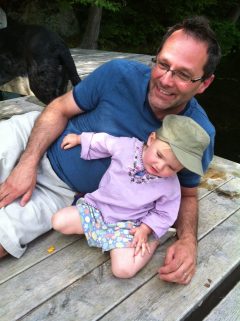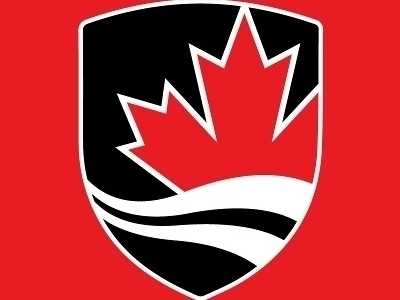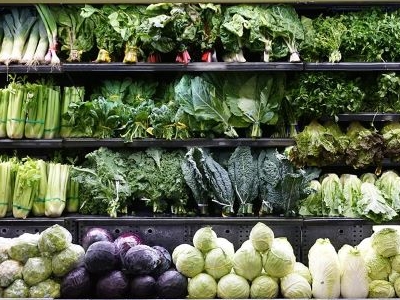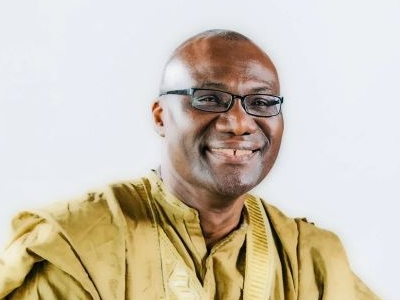Did you know that from 1884-1918, Ottawa was the home to the Canadian Fisheries Museum? It even housed a working hatchery.
William Knight, who recently graduated with his PhD in History from Carleton, focused his dissertation on the museum. He examined its origin and function.
“I also traced the museum’s demise as the federal fisheries department — which ran the museum — became more interested in consumers and promoting fish as food to urban consumers,” explains Knight. “The museum, which had displays of stuffed or mounted fish, could not really keep pace with this new focus. At Toronto’s Canadian National Exhibition, for example, displays of model retail fish shops and a restaurant that actually served fish proved more useful than displays of dead fish!”
Knight was able to use his expertise to land a job as curator of agriculture and food with the Canada Science and Technology Museums Corporation, which comprises the museums of science and technology, aviation, and agriculture and food. His mandate is to research and collect objects that represent important developments in the history of Canadian agriculture and food production and help create exhibitions based on his research work and collections.
Knight says his research is connected to his job in a couple of ways. “ I will bring my fisheries history expertise to help broaden the collection. There is a small fisheries collection but the collection and museum are focused on terrestrial food production — I will help expand its focus to include aquatic production as well. My focus on museum history also helps as I have a sense of how curators and museums have worked in the past — actually studying what curators have done in the past is a good preparation for my new job as a curator.”
Knight appreciates the support he received from his advisor, Prof. Joanna Dean. “Joanna supported my project from the beginning and allowed it to morph. She also provided critical advice on the shaping and writing of my dissertation. She also invited me to collaborate on the development of an urban forestry exhibit at the Bytown Museum. So she has been vital in my development as a scholar and as a curator.”
Knight says: “I jumped at the chance to help Prof. Dean with her exhibit that was based on her research. The resulting exhibition — Six Moments in the History of an Urban Forest — gave me valuable curatorial experience that was excellent preparation for this job. I also worked as project manager on Jim Opp’s Rideau Timescapes iPhone app project: this gave me experience in digital and public history, two fields that shape museum practice today.”

William Knight and his daughter
For other graduate students considering their future careers, he suggests: “Accepting (within reason) any project that may help you develop skills and knowledge that you can use in future work.”
While at Carleton, Knight met his wife and partner ,Beth Robertson, also an alumna from the history PhD program. Last year, he became a father for the first time. “Beth gave birth to our daughter Tamar Joan 36 hours after defending her dissertation!”





